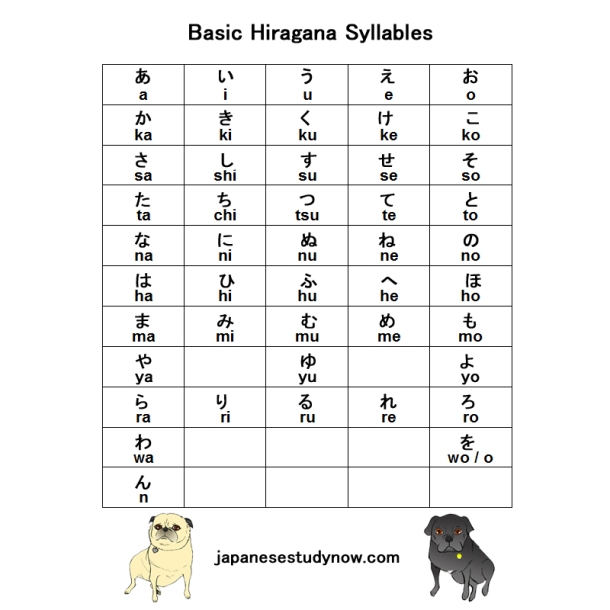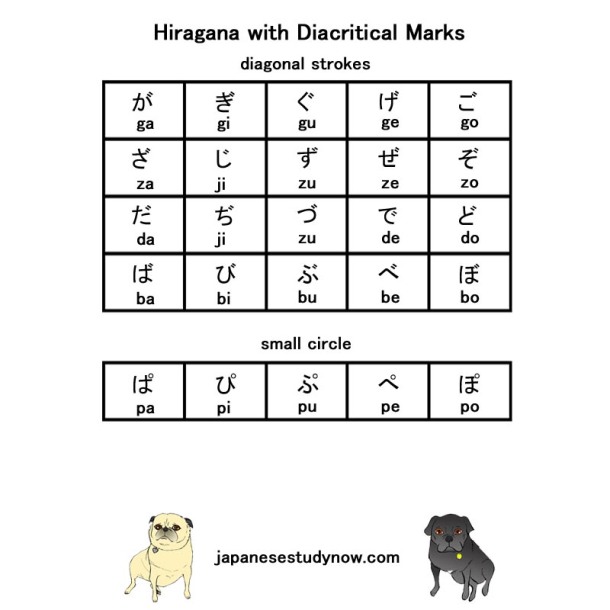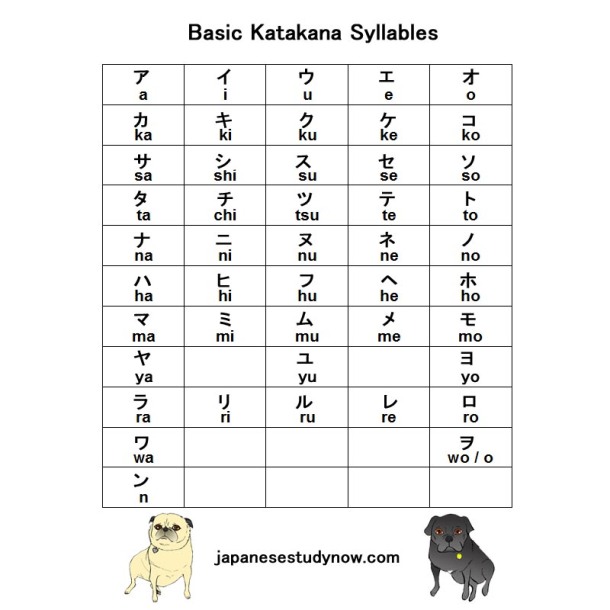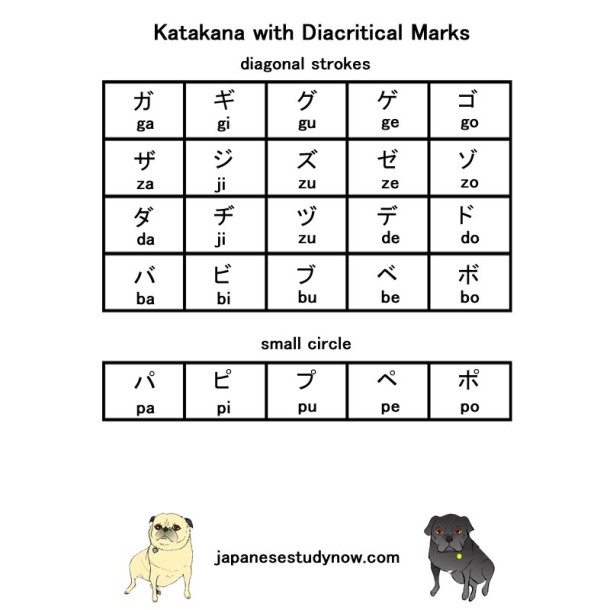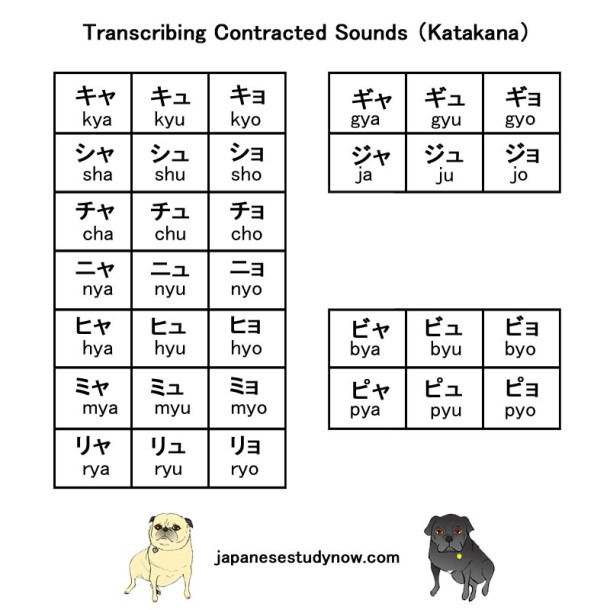If you just want to be able to speak Japanese, you might not need to memorize the Japanese writing system.
However, when you start understanding Japanese, you will realize that you need to learn the Japanese writing system to read.
If you are thinking to learn Japanese now, I think it will be better for you in the long run to work on Japanese writing system. So, let’s try!
We have hiragana, katakana, and kanji.
*You can learn about Kanji here.
.
Hiragana:
There are 46 basic hiragana syllables. In addition, there are hiragana with diacritical marks. A diacritical mark is an alteration to the character to change its pronunciation.
Diacritical marks include diagonal strokes( ゛) or asmall circle( ゜).
We also have sounds include small letter : transcribing contracted sounds (_ゃ、_ゅ、_ょ), and transcribing double consonants(っ).
If you want to learn hiragana’s stroke, it’s here.
For the additional characters (with the diacritical marks), the stroke is pretty much the same as the basic hiragana syllables. You just need to add diagonal strokes(゛) later.
Let’s see an example stroke order using the letter が & ぱ:
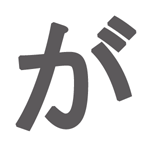 &
& 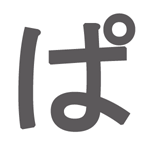
、
Transcribing Double Consonants. = small letter っ
English |
Japanese |
|
magazine |
= |
zasshi ざっし |
diary |
= |
nikki にっき |
1 years old |
= |
issai いっさい |
Katakana
Katakana is another alphabet in Japanese. Just like Hiragana. Why do we have hiragana and katakana?
The idea of katakana is that you can use Katakana to describe loanwords and foreign names. That’s all.
I feel like the Japanese language is really consistent. We even invented an alphabet to describe loanwords to distinguish them from Japanese.
Take this example to understand the idea of Katakana.
Door is “doa” and is written like this : ドア
Televison is “terebi” and is written like this : テレビ
Camera is “kamera” and is written like this : カメラ
Mike (microphone) is “maiku” and is written like this : マイク
If you are not Japanese, your name and your countries will be written in Katakana.
If you want to learn katakana’s stroke, it’s here.
